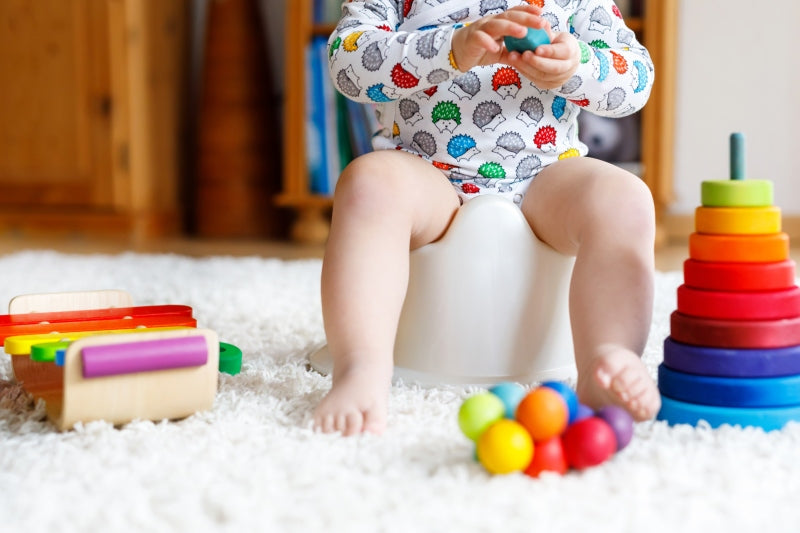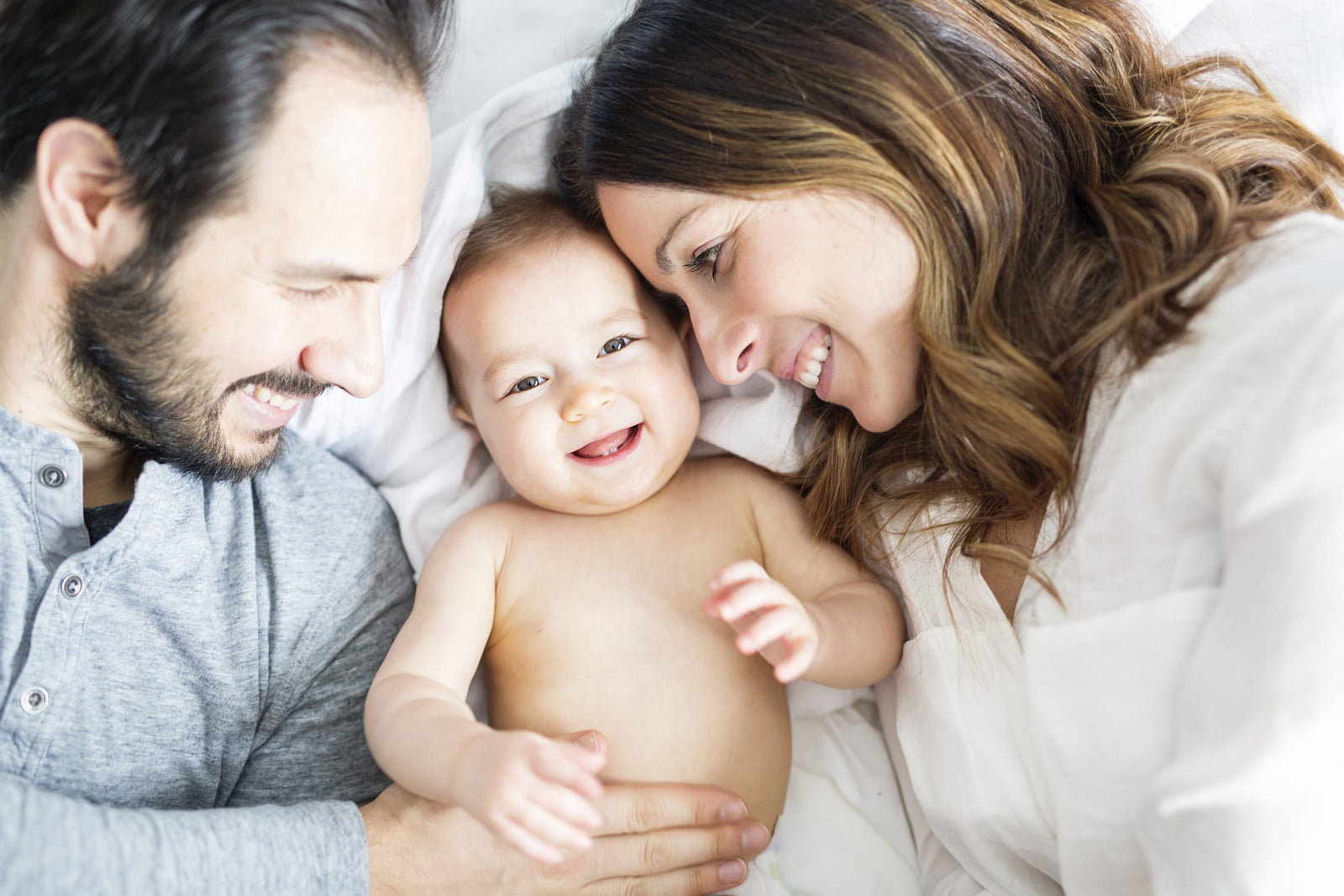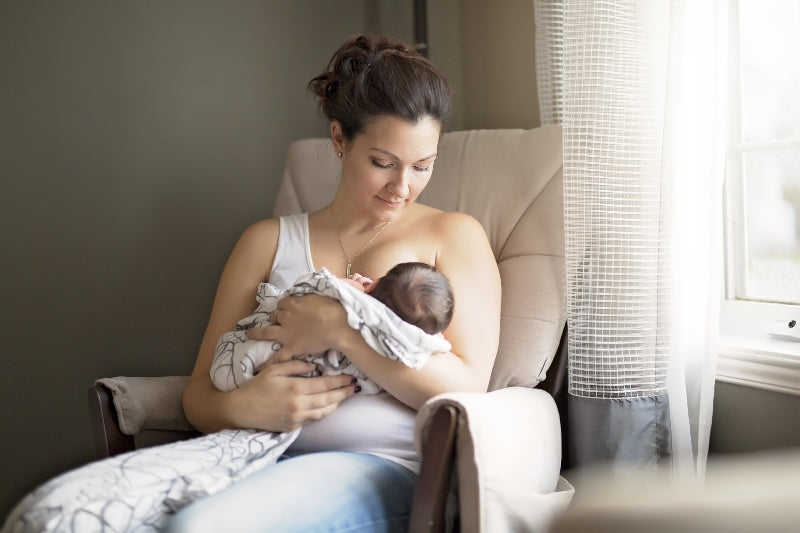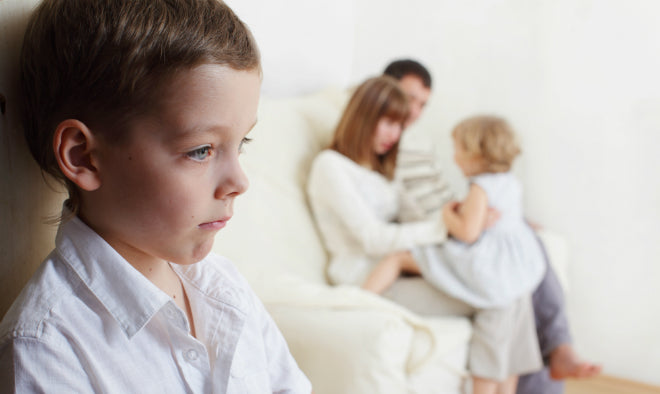" How to make the switch from diaper to potty "
Diapers, alsowashable gauze nappiescost a lot of money, create a lot of waste, take a lot of time to change and at some point most parents get quite annoyed. On the other hand, there is uncertainty as to when and how best to start potty training. Should you wait until the baby shows interest in the toilet itself or is the successful change from diaper to potty with peers the decisive factor? Here we explain how to recognize the right moment and what makes for successful toilet training.
The right time
For many parents, it is a mystery when exactly the transition from diaper to potty should take place. This uncertainty is partly due to the fact that there is no fixed age for this developmental step.
Experts give a wide time span in which potty training makes sense for babies: between one and a half and five years.
It is clear that the child must have certain skills in order to be able to become dry and clean at all. A certain neuronal maturation process is necessary for babies to be able to perceive that their bowel or bladder is full. In addition, the sphincter muscles have to be used consciously. This has nothing to do with intelligence, but is exclusively associated with physical maturation.

time of toilet training
Many babies show an interest in their excretions between the ages of one and a half and two and a half. They are curious about what's in the diaper. This is a signal that you as parents should pay attention to. Another is clear signs that the child needs to go. They may say "wee-wee" or run around the house tensely before going into their diaper. Then it is highly likely that they are ready to start potty training. If you have found the perfect time, the transition from diaper to potty can be very quick. If there is no progress at all, postpone training for a few weeks.
The first steps
Initially, children need to get used to the "new place". It doesn't matter whether you opt for a potty or a child attachment for the toilet: Both are new and need to be explored. One advantage of the potty is that even babies can sit on it comfortably and their feet remain firmly on the floor. It can also be placed wherever the baby is. The toilet attachment, on the other hand, makes children feel more grown-up. They now do their business like grown-ups. It's also easier for you as parents because everything is clean with just one flush.

toilet seat-baby
You will achieve a higher level of acceptance if your child is allowed to help decide on the purchase. It then has to get used to the potty. It can be placed in the play corner, next to the crib or in the bathroom. Practice sitting on it with clothes on first. If there are no more uncertainties, test the feeling without clothes. Now it's time to explain the function. "Pippi" and "poop" belong in there from now on.

Take any leftovers from the diaper and place them demonstratively in the potty. Toddlers understand that certain things belong in a certain place. Leave the door open when you go to the toilet yourself. There should be no mystery about what is happening. If it is obviously normal for all family members to use a "potty", the offspring will quickly accept it too.
Perseverance, patience and forbearance
You now need to be very patient. A good way to start potty training with your baby is to put them on their "throne" at the usual times when they have a bowel movement. Ask him several times a day if he needs to go wee-wee.
Also look out for signs such as certain postures or an underlying tension. If something actually ends up in the toilet, the praise must be huge.
Be lenient. Even if your baby has just sat on the potty and wets its diaper shortly afterwards, it should not get into trouble. At worst, this will lead to excessive holding back and constipation. By the way, getting clean works faster than getting dry. It is easier to feel and easier to control. Potty training is also easiest in summer. Then the little ones can run around outside naked and it's no big deal if something goes wrong.

potty training-summer
If nothing ends up in the diaper for a few days in a row, you can switch to underwear. Use this as additional motivation! The prospect of soon being able to wear underwear like the grown-ups is a great incentive for many children. At night, diapers are usually needed even longer. This is because it is more difficult to notice the urge to urinate during sleep. Simply dress your child in clothes that can be taken off. The beloved baby bodysuit disappears into the closet. Instead, there are pants with an elastic waistband or a skirt. Now that the regular changing ritual is no longer necessary, you as parents should come up with a replacement. Introduce other opportunities for physical contact and unrestricted attention.
Relapses and difficult situations
When potty training with your baby, there are always relapses. This is completely normal. Children should never be put under pressure if they have a mishap. Relaxation is important for controlling excretions. Something is more likely to go wrong under stress. Clean up a mishap together.

Stay calm and relaxed. Change of clothes, wash glove and towel should be your constant companions for a long time after toilet training. A change of panties in the nursery bag is also practical. Fresh pants are available in most childcare facilities, but most children are more comfortable wearing their own underpants than someone else's. The diaper bag will also accompany you on outings for a few months. Diapers are the safer option, especially on long journeys or air travel. Nevertheless, go to the toilet with your children immediately before departure and, if possible, take regular pee breaks. If something does go wrong, it may be due to the excitement of the journey.


At night, potty training will only have a delayed effect. Keep the diapers on for sleeping until they stay dry for several nights. Then use a mattress protector for safety. A routine trip to the potty before going to bed is very helpful. Bedwetting in particular occurs in many children up to primary school age. This is only a cause for concern if it reoccurs after a long break or even at the age of eight or nine. Then there may be organic or psychological causes.
Avoid typical mistakes
The following mistakes should be avoided when successfully potty training your baby:
- not changing dirty diapers for a long time
- sitting on the potty until something comes out
- punishing wetting
- reward with food
- start potty training in stressful situations (moving house or similar)
- Only start potty training when the child asks for it
Always keep in mind that potty training only works when your child is relaxed. Don't put yourself or your baby under pressure. When the time is right, you will quickly achieve your first successes.










